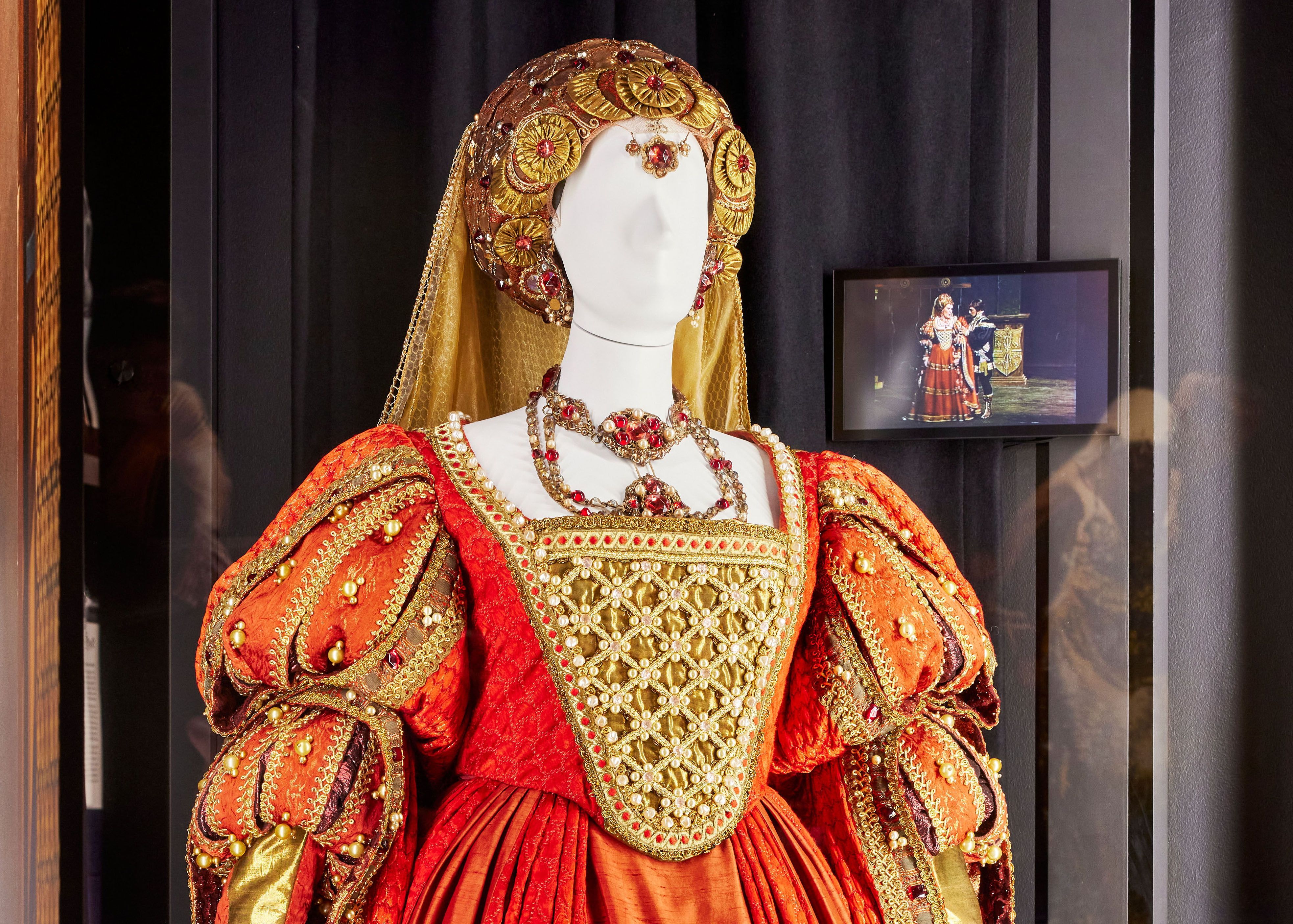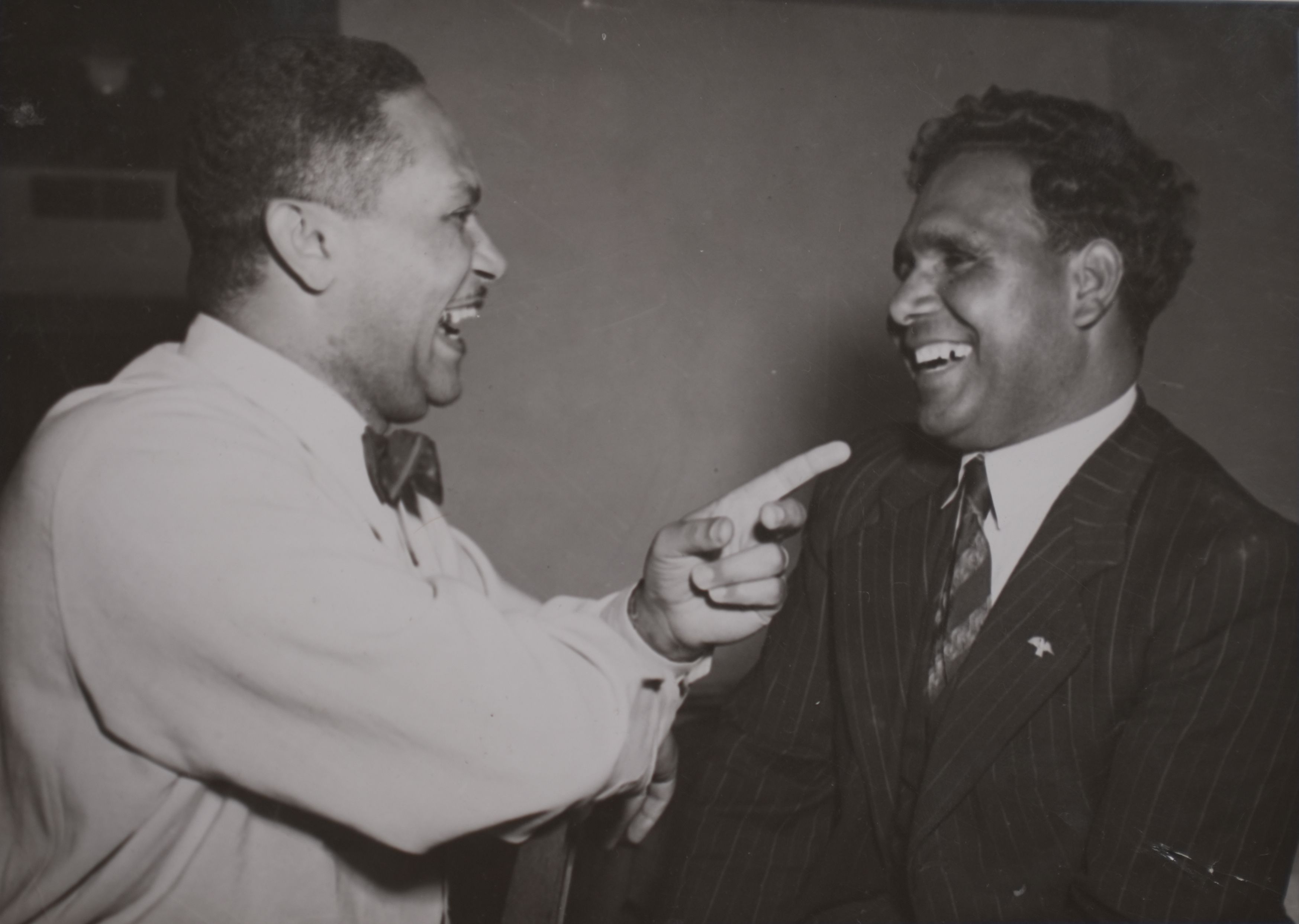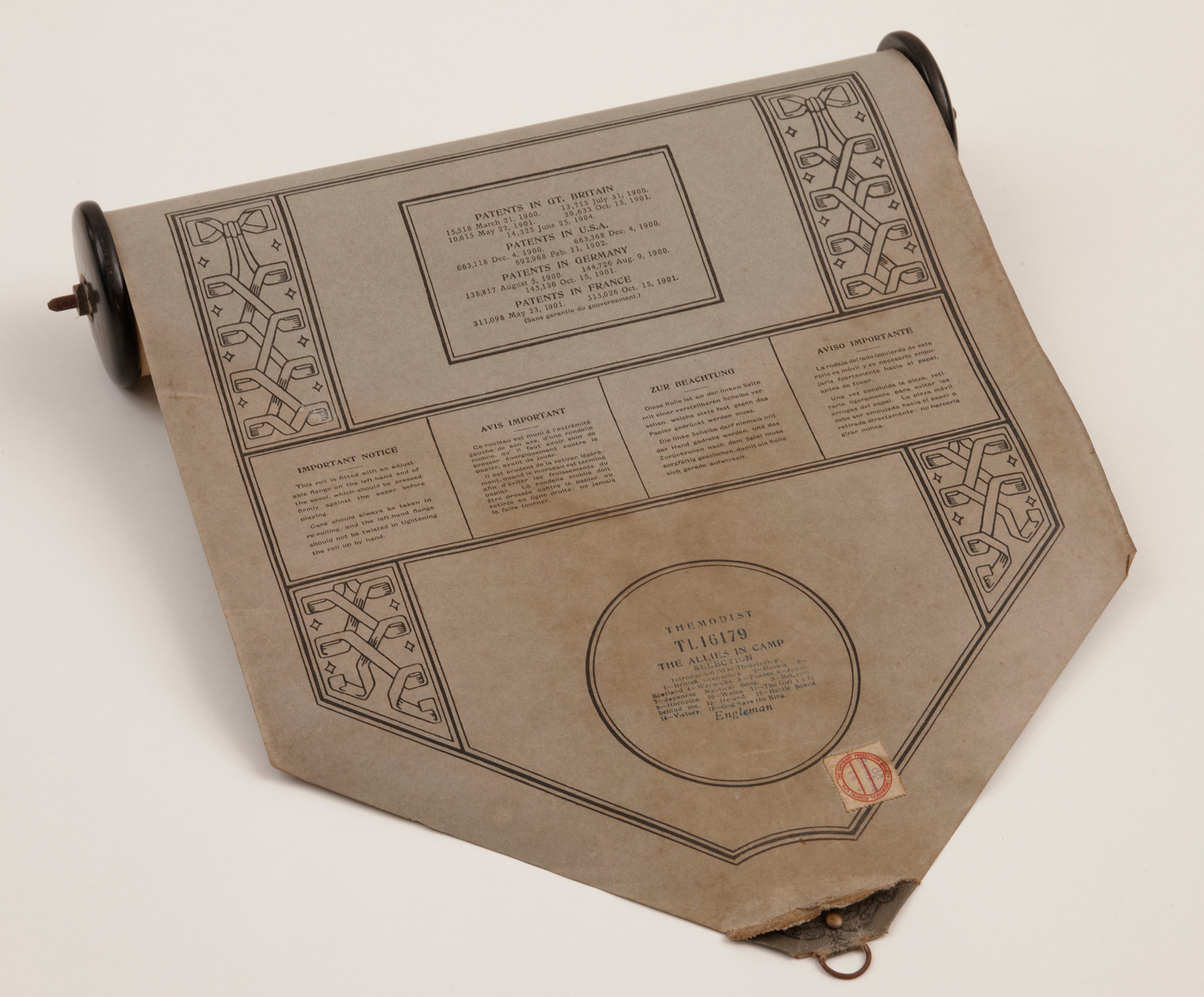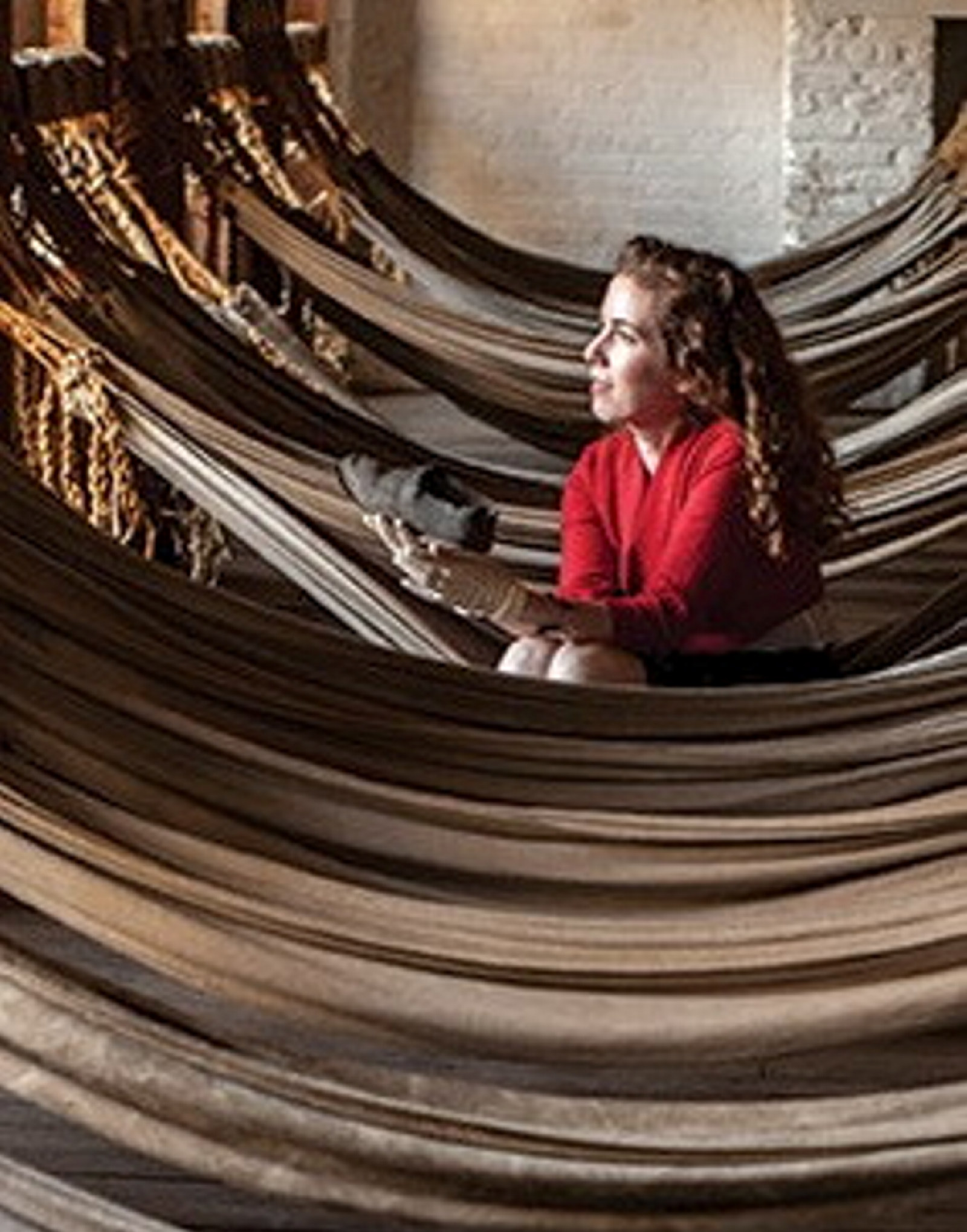The archaeology of music at Hyde Park Barracks
Hard as it is to imagine men and women in the government institutions at Hyde Park Barracks singing and dancing, archaeological evidence suggests that music may have been heard there from time to time.
Traces of the past
Several tiny scraps of printed sheet music and three jaw harps were discovered by archaeologists at Hyde Park Barracks during excavations in 1980–81. One iron jaw harp was found in the underground deposits of the northern long room of the ground floor, originally a hammock ward for convicts before being converted in 1848 into the Female Immigration Depot hiring room and dining room. A similar harp was excavated in a trench dug in the courtyard at the eastern side of the main building. But who left these behind?
A small scrap of blue-striped convict shirt fabric was attached to the corrosion on the jaw harp found beneath the ground floor, hinting at its original owner. The harp was also found alongside other convict-era objects, including an 1813 holey dollar dump, a complete ginger-beer bottle produced by publican Phillip Whelan (1830–40s), and clay tobacco pipe fragments made by pipe makers ‘MPP’ (Matthew Pryor Piggott) (early 1820s) and Joseph Elliott (1830s).
Music also seems to have played a role in the lives of the women of the asylum at Hyde Park Barracks between 1862 and 1886. Under the floor, beneath one of the doors of the southeast ward on the top floor, a brass jaw harp was recovered. At the eastern end of the room, small scraps of printed sheet music were found in the floor cavities. On the landing opposite the stairs, where the asylum inmates liked to congregate and smoke their clay pipes, another fragment of printed music was found – this one for a religious hymn. Another tiny fragment of a music score was uncovered from the small southern room on level two, which is thought to have been occupied by the Depot and Asylum matron and her family.
The smallest of musical instruments
Used for centuries as part of numerous cultural traditions around the world, jaw harps are made from iron or brass and are known by many names, including mouth harp, jaw harp, guimbarde, juice harp, or trump. It is not known why the instrument is most commonly called the ‘jaw harp.1 The harp is held between the teeth, and the flexible ‘tongue’ is struck with a finger to produce a note. The player creates melody by altering the shape of the mouth cavity, rhythm through control of the plucking finger, and dynamics through breath control.
Imported jaw harps were on sale in Sydney from at least 1823, when the Sydney Gazette advertised their sale at Marr’s rooms on Castlereagh Street, among other common items such as clothing, shoes and tools.2 Convicts could easily have purchased this instrument, which cost only a few shillings, just as we know from other archaeological evidence that they obtained clay tobacco pipes and other small items through a thriving black market economy. The harps’ small size meant they could easily be carried around in a pocket and concealed during inspections. They could also have slipped through the cracks between floorboards, or been stashed under the floor for safekeeping. Apparently, they were also convenient items for convicts to steal – in 1832, Joseph Calvert, a convict messenger in Mount Victoria, was found with a number of suspected stolen items in his possession, including one brass and one iron jaw harp.3
Convict musicians
The jaw harp has a long tradition of use in popular musical culture in England, Scotland and Ireland. It was played solo or to accompany singing and dancing; some dancers took off their shoes so as not to drown out the music.4 Players did not need to be trained musicians, but several convicts whose trade was listed as ‘musician’ are known to have spent time at Hyde Park Barracks, including John Stapleton (arrived 1830 on the Forth), Jeremiah Bann (arrived 1830 on the Royal Admiral) and fiddlers William Constantine (arrived in 1820 on the Asia) and John Concart (arrived 1826 on the Mangles). These and other musically inclined convicts might have called on the rich tradition of popular reels, hornpipes, jigs, songs and convict ballads of the era to pass the time.
For the convict and asylum inmates of Hyde Park Barracks, the jaw harp was probably valued for the opportunities it provided for entertainment, social interaction, and perhaps even resistance against the authorities. An old Irish saying indicates the value of this little instrument, saying that the three most useless things are a button with no buttonhole, a dog with no teeth, and a jaw harp with no tongue.5
Footnotes:
Michael Wright, The jews-harp in Britain and Ireland, Surrey, England, Ashgate, 2015, pxiv.
The Sydney Gazette and NSW Advertiser, 18 September 1823, p4.
Ibid, 5 January 1833, p1.
Christina Black, ‘The jew’s harp: vibrating through many cultures’, Smithsonian Museum Folkways, accessed 1 November 2016.
Wright, op cit., p140.
Published on
Related

Dressing Joan Sutherland
One of the most spectacular costumes on display in the exhibition The People’s House: Sydney Opera House at 50 is an extraordinary Renaissance dress designed by Kristian Fredrikson and worn by Dame Joan Sutherland in the part of the notorious Lucrezia Borgia

Paving the way ... Harold Blair: The first Aboriginal opera singer
A short documentary that offers a glimpse into the life of Harold Blair, a world-renowned tenor, family man and political campaigner who sought social justice and human rights for Australia’s First Nations people

Harold Blair, trailblazer
Wulli Wulli tenor Harold Blair AM was Australia’s first professionally trained Aboriginal opera singer

WW1
The Allies in camp music roll
Rouse Hill house boasts a fine pianola, a player piano, which came into the house just a few years before the outbreak of World War I
